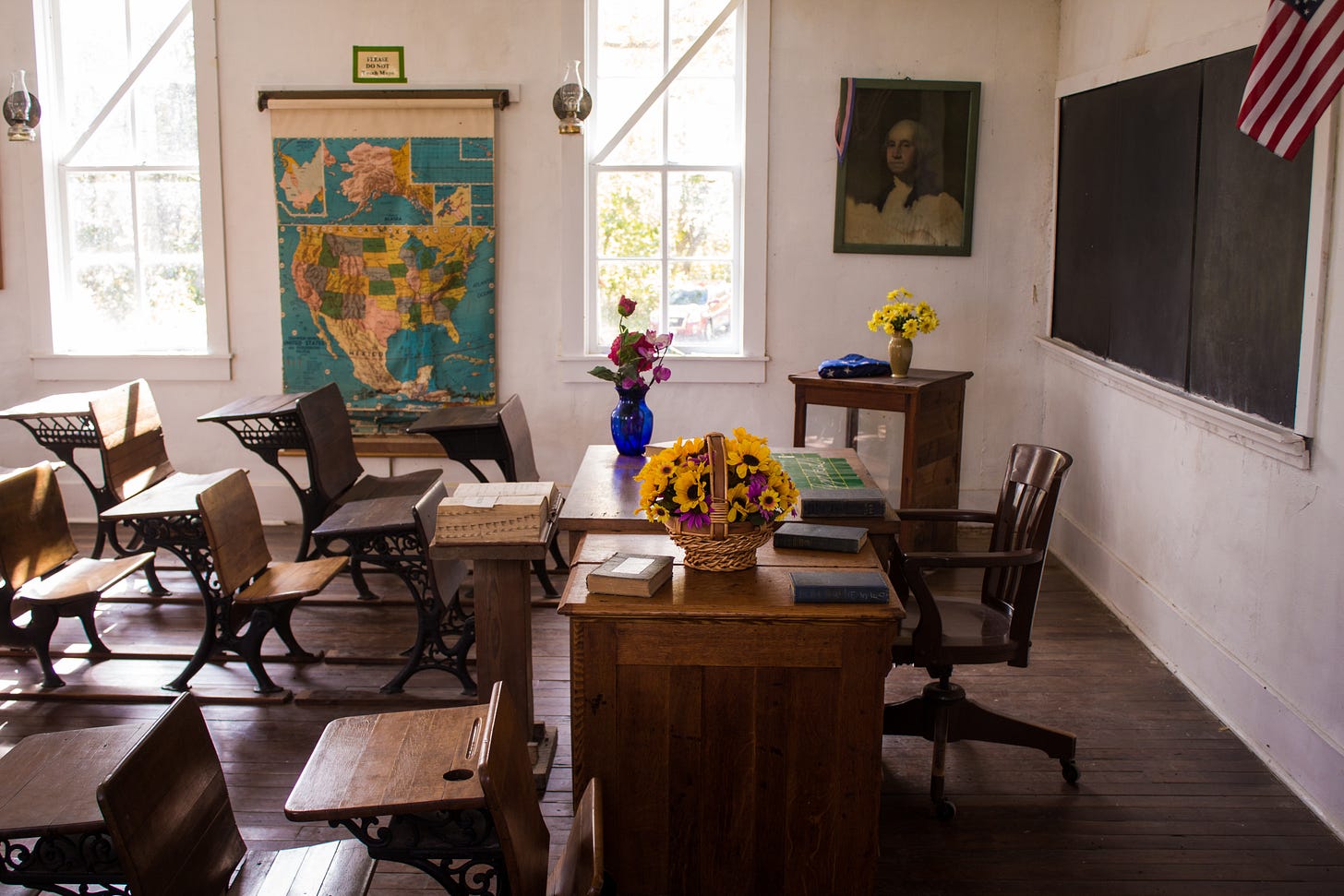(Photo Credit: Stacker.com)
By Pamela Hilliard Owens
This article is in two parts. The second part will be published Friday, February 11, 2022.
No, I still cannot believe it’s been about FIFTY YEARS since I graduated with my undergraduate degree in education and special education and started teaching sixth grade in a primarily white mostly rural public elementary school about 35 miles west of my hometown of Detroit, Michigan.
I was 21 years old teaching 10-, 11-, and 12-year-old children! I was married with a toddler and deliberately got pregnant again in September to have my second child at the end of the year in June as soon as school was out for the summer. In my very first year of teaching, I was pregnant the entire year!
I believe I had about 26 students in my class, and 4 students were Black, one was Native American, and the rest were white—almost equally divided between boys and girls.
Looking back—WAY back—I was naïve and informed and strong and brave and hard-working all at the same time.
What It Was Like at My First School
If I remember correctly, I was one of only 2-3 Black teachers in a school with about 800 students and about 30 members of the instructional staff.
At the time, in most elementary schools in our area, the teachers in elementary classrooms (called the “homeroom”) taught all of the core subjects: reading/language arts, math, science, social studies, and so on. Only art, music, and physical education were taught separately.
It was only 3-4 years since the assassinations of Rev. Dr. Martin Luther King, Jr. and Senator Robert F. Kennedy, Sr. in 1968. It was about 4-5 years after the 1967 Detroit Rebellion. Richard Nixon was the 37th president.
Nationwide civil rights protests and the Vietnam War were still going on.
Martin Luther King Day and Black History Month were not yet official holidays.
Although I did not really realize it at the time, how and what I taught my students, while technically following the recommended curricula, was shaped by my own life experiences and by what I was taught and not taught when I was a student myself.
How I Was Taught
When I was in school in the 1950s and 1960s (finishing my two degrees in the early 1970s), I had good teachers and bad teachers; a few of my teachers were openly racist, including my 1st-grade teacher and my 10th-grade Advanced English teacher. I had more white teachers than Black teachers.
Although overall I had a great education in the Detroit Public Schools at that time, I only had one teacher in 4th grade who actually taught us the proper African and African American history. The only “approved” Black achiever we learned about in school was Dr. George Washington Carver, and we were only taught that he invented peanut butter. He didn’t. Dr. John Harvey Kellog patented the process of making peanut butter so his toothless patients could easily digest a high protein source.
Find out more about what Dr. Carver did invent in this previous article I wrote in our Substack newsletter.
Everything else that I learned about Black Americans, Africans throughout world history (not just how they were shown in the Tarzan movies), indigenous peoples, and Black History I learned from my parents, my maternal grandmother, other extended official and unofficial family members, and the adult leaders of other organizations and my church in which my parents made sure we were active.
The Times Influenced How and What I Taught
So when I was a 21-year-old brand new teacher, while I followed the approved curricula and used the books and other materials that I was given, I also took the opportunity to add to the curriculum some additional information I had learned throughout my life. It was material about non-white American history that had been conveniently left out of the regular textbooks.
What I introduced and added to my lessons should not have been controversial. Everything I taught was the truth, after all. I did not get any pushback from my principal and very little from the parents or my white teacher colleagues.
I don’t know how I did it, but I taught ALL of American history to my young white students without “blaming” them for the transgressions of their ancestors.
There are a few incidences and events that I remember from my earliest teaching days, and things would be very different if I taught today what I taught then.
I will write about the details about those incidences and events in the next article in this 2-part series.
Just suffice it to say that if I tried to teach today the way I taught fifty years ago to my students of all races, I would be in a lot of trouble in many areas of the country. My teaching career could end, and I could even be arrested and put in jail.
Stay tuned for Part Two.



